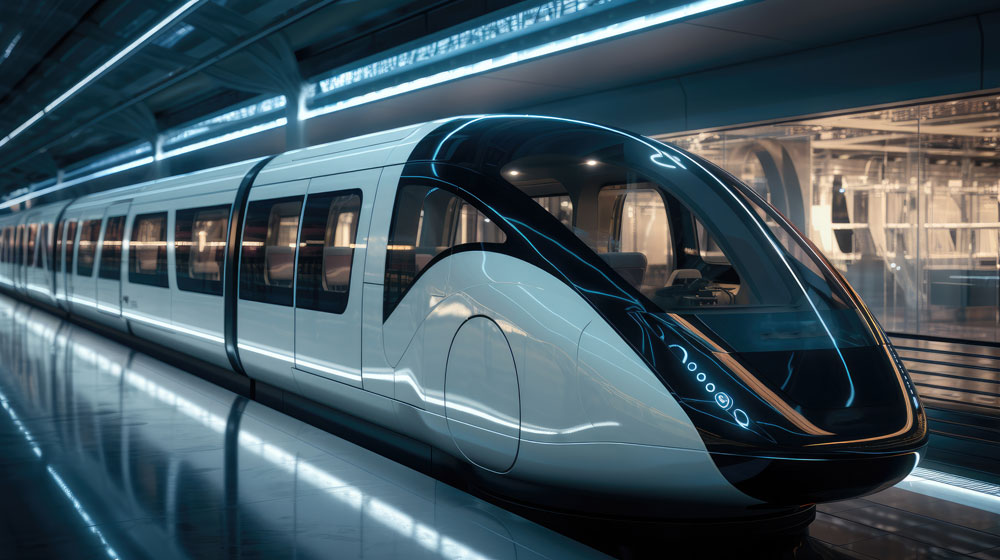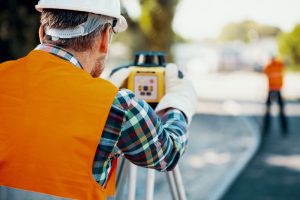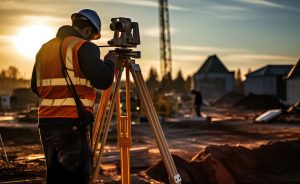Rail transportation has long been a cornerstone of modern infrastructure, providing efficient and sustainable mobility solutions for passengers and freight alike. As we look ahead to the future, the rail industry is poised for significant transformation, driven by technological advancements, shifting consumer preferences, and the urgent need to address environmental concerns. In this blog post, we’ll explore the key trends and innovations shaping the future of rail transportation.
High-Speed Rail Networks
High-speed rail (HSR) networks have emerged as a game-changer in the realm of passenger transportation, offering a fast, reliable, and eco-friendly alternative to air and road travel. Countries around the world are investing heavily in HSR infrastructure, with ambitious projects underway to connect major cities and regions with trains capable of speeds exceeding 300 km/h (186 mph).
These HSR networks not only reduce travel times and congestion but also promote economic development and connectivity between urban centres. As technology continues to evolve, we can expect to see further improvements in train speeds, energy efficiency, and passenger comfort, making high-speed rail an increasingly attractive mode of transportation for both short and long-distance travel.
Electrification and Sustainable Energy
The shift towards electrification is another significant trend shaping the future of rail transportation. Electrified rail networks offer numerous benefits over diesel-powered trains, including lower operating costs, reduced greenhouse gas emissions, and improved energy efficiency. As concerns about climate change and air quality continue to grow, many countries are investing in electrification projects to modernize their rail infrastructure and reduce their carbon footprint.
In addition to traditional overhead catenary systems, innovative solutions such as battery-electric and hydrogen-powered trains are gaining traction as viable alternatives to diesel locomotives. These zero-emission technologies offer greater flexibility and environmental sustainability, allowing rail operators to operate cleaner and greener fleets while meeting the growing demand for sustainable transportation options.
Digitalization and Smart Infrastructure
Digitalization is revolutionizing the way rail transportation systems are operated, monitored, and maintained. Advancements in sensors, data analytics, and artificial intelligence are enabling rail operators to collect and analyze vast amounts of data in real time, allowing for more proactive and efficient management of infrastructure and rolling stock.
Smart infrastructure solutions, such as predictive maintenance systems and asset management platforms, help identify potential issues before they escalate into costly failures, minimizing downtime and disruption to services. Additionally, digital signalling and control systems enhance safety, capacity, and reliability on busy rail networks, enabling trains to operate more efficiently and closer together while maintaining safety standards.
Intermodal Connectivity and Seamless Mobility
Intermodal connectivity is becoming increasingly important as travellers seek seamless, door-to-door mobility solutions that integrate different modes of transportation. Rail transportation plays a central role in intermodal networks, offering fast and reliable connections between airports, seaports, and urban transit systems.
Innovations such as integrated ticketing systems, real-time journey planning apps, and multimodal hubs make it easier for passengers to navigate complex transportation networks and switch between modes of travel with ease. By enhancing intermodal connectivity, rail operators can attract new passengers, reduce congestion, and promote sustainable travel behaviours that benefit both individuals and communities.
Hyperloop and Maglev Technologies
Hyperloop and magnetic levitation (maglev) technologies represent the cutting edge of rail innovation, promising to revolutionize long-distance transportation with speeds rivalling those of commercial aircraft. Hyperloop systems use vacuum tubes to propel passenger pods at speeds exceeding 1,000 km/h (621 mph), while maglev trains float above the tracks using magnetic repulsion, eliminating friction and enabling speeds of up to 600 km/h (373 mph).
While these technologies are still in the experimental phase, they hold tremendous potential to transform the way we travel over long distances, offering unprecedented speed, comfort, and efficiency. As research and development efforts continue, we can expect to see the emergence of new hyperloop and maglev corridors connecting major cities and regions, ushering in a new era of high-speed transportation.
In conclusion, the future of rail transportation is bright, with exciting innovations and trends shaping the industry in profound ways. From high-speed rail networks and electrification to digitalization and intermodal connectivity, the rail industry is evolving to meet the growing demands of passengers and freight in an increasingly interconnected world. By embracing these trends and innovations, rail operators can build a more sustainable, efficient, and inclusive transportation system that benefits society as a whole.











